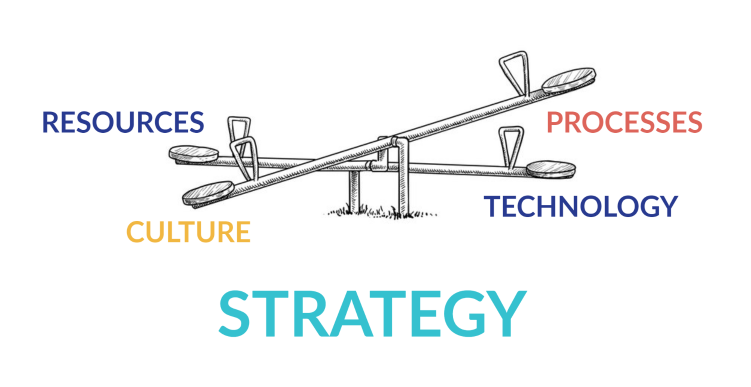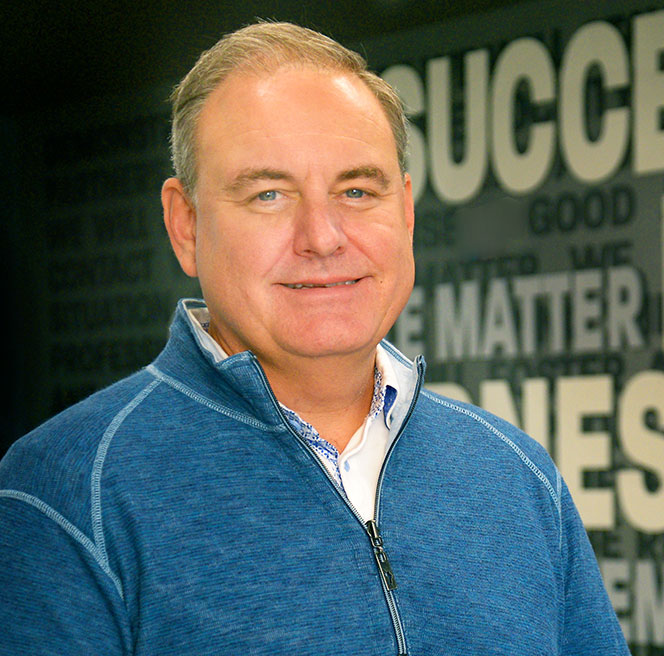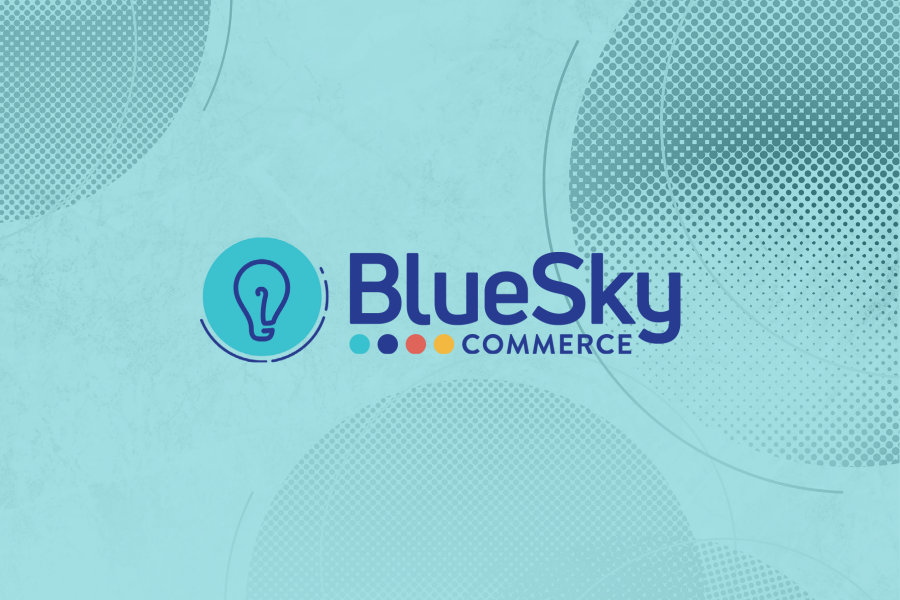“What has happened to the 5 P’s?”
A couple of weeks back I posted a poll on LinkedIn asking about what has changed with the old adage of the 5 P’s of marketing (or the 7 P’s depending on which version you subscribe to). The reason for that poll was based on a conversation I had with a colleague and a client. This particular client is the founder of a small company. The point I was trying to make in our discussion was about the personality, drive, and knowledge it requires for a founder or leader to compel others to buy into that vision. References I cited are from several examples of companies that have outpaced the market in shareholder growth, innovation, and customer growth including:
Tesla (also Space X, Boring, etc.) under Elon Musk
Apple under Steve Jobs
Microsoft under Bill Gates
Amazon under Jeff Bezos
Virgin under Richard Branson
Kendra Scott under, well, Kendra Scott
The list can be bigger, but I focus on these for this common reason. It was not necessarily the millions in marketing (actually Tesla doesn’t do marketing), or the right price (one could argue Apple doesn’t really utilize a competitive pricing model) for instance. The reason is the Personality and Passion of the leader that carried these brands through startup, rough times, and a lot of naysayers to get where they are now. Some are out of the picture at these organizations, yet their legacy lives on.
In essence, the 5 P’s of Business Value have evolved into the P that once stood for People is now a Person: meaning it is the charisma and personality of the business leader that has been propelling the organization forward. It is in no way means that People (the team) are not a key part of delivering the value. This is where the culture (perhaps the new P is Persona?) comes into play.
No matter what a small business seems on paper in the beginning, the leader or founder, through sheer determination and will, will be the most fascinating essence of that organization, that no one supporting them should ever take for granted. I have witnessed too often as a client, and now as a consulting partner, that solution providers try to impose their beliefs, thoughts, and opinions on a company. Of course, the leader may have hired that solution provider for their expertise, but not at the expense of the company or the leader’s culture. Even if things are a little rocky inside the organization, it is always important to study and observe how it all started and how it is surviving from the person that was responsible for it.
The Balancing Act of Business

My favorite analogy when talking to business leaders about Strategic Planning is the 4-Way Teeter Totter. Planning out your business has to consider the delicate nature of balancing your people, your operations, the platforms you operate on, and the culture of the organization. I add that Culture is the biggest kid on the playground. The culture is a direct reflection of the leader and no matter what you do with the other three, you must do so in respect of that culture.
We are always working to stay ahead of the evolution of business and the value equations that make the organization what it is (or can be). We also are very mindful of the organizational culture that creates real value when we work on the strategy, a marketing plan, organizational needs for talent, and the technology that automates the processes and operations of the organization.
If you feel the culture is in need of a change, whether at the request of the leader or because you observed enough to discuss it, then you have to build the other three components alongside that change, not in isolation from it. If one is not viable (e.g. investments in new technology), then you need to over-invest efforts in people or processes to overcome it. Our use of the Baldrige methodology accounts for this. Driving transformation is a journey and we feel confident the combination of Leadership, Strategy, Customers, Measurements, Workforce, Operations, and Results will get you there.





